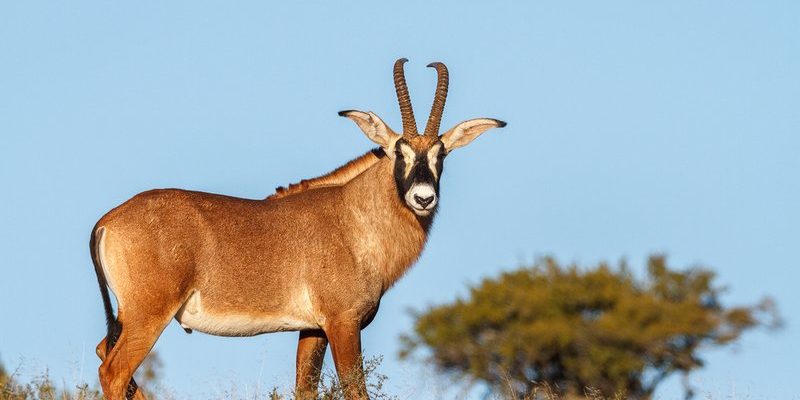
Through the lens of different cultures, the roan antelope tells stories that connect people to the wild and to each other. You might be wondering how this animal, with its impressive horns and swift movements, has found its way into the hearts and minds of communities. Let’s dive into the fascinating world of the roan antelope’s representation in culture and folklore.
The Roan Antelope in African Folklore
In many African cultures, the roan antelope is more than just a beautiful beast; it features prominently in folklore and storytelling. For instance, in some southern African traditions, the roan is celebrated as a symbol of grace and strength. Stories often depict the roan as a clever and quick-thinking character, sometimes outsmarting predators or other challenges it faces on the plains.
These tales serve multiple purposes. They entertain, teach moral lessons, and carry cultural values. By hearing these stories, children learn about bravery, intelligence, and the importance of respecting nature. You can almost hear the crackle of a campfire as elders share these tales, connecting generations through the majestic imagery of the roan antelope.
The Symbolism of the Roan Antelope
When we think about the symbolism of the roan antelope, several attributes come to mind. It embodies strength, agility, and a certain mystique. Because of its impressive appearance, the roan often represents nobility and dignity within various cultures.
In many African tribes, the roan is seen as a creature of beauty, capturing the essence of wild Africa. It’s not just about how it looks; the roan antelope also symbolizes the connection between the land and those who inhabit it. In art, the roan is often depicted in stunning murals or carvings, showcasing its elegance and the respect it commands among animals.
Art and the Roan Antelope
Artists often draw inspiration from nature, and the roan antelope is no exception. In various African arts and crafts, you’ll notice the roan depicted in traditional paintings, beadwork, and sculptures. The intricate designs often reflect the antelope’s natural grace and the cultural significance it carries.
Imagine walking through a local market in Southern Africa, where artisans proudly showcase their works. You might spot a beautiful sculpture of a roan, capturing its strong profile and calm demeanor. These art pieces serve not just as decoration but also as a means of storytelling, passing down traditions and beliefs.
The Roan Antelope in Rituals and Ceremonies
In some cultures, the roan antelope plays a vital role in rituals and ceremonies. For instance, it may be featured in dances or as part of ancestral ceremonies, where its qualities are invoked to bless the community. The antelope’s connection to fertility and prosperity often makes it a central figure in celebrations.
Here’s the thing: these traditions are not just for show. They remind people of their roots and the importance of living harmoniously with nature. When you see a roan antelope represented in such contexts, it’s more than an animal; it’s a bridge between the past and present, connecting communities to their heritage.
Folklore Beyond Africa
While the roan antelope is deeply rooted in African culture, it doesn’t stop there. Stories about the roan have found their way into literature and folklore beyond the continent. These narratives often mirror the characteristics celebrated in African tales—its grace, wisdom, and ability to navigate challenges.
For example, some international literature featuring the roan depicts it as a wise and noble character, reflecting the admiration many cultures have for this remarkable animal. It highlights how animals can transcend geographical boundaries and connect us through shared values and beliefs.
Conservation and Cultural Significance
As we explore the connection between the roan antelope and culture, we must also acknowledge the ongoing conservation efforts to protect this species. With habitat loss and poaching threatening their survival, many communities are working to preserve not only the animal itself but also the cultural stories and traditions associated with it.
These conservation efforts often intertwine with local traditions, creating a deeper appreciation for the roan antelope. As communities recognize the roan’s significance in their folklore and culture, they become more invested in protecting its habitat. This connection between culture and conservation is vital for the future of the roan antelope and the stories it inspires.
The roan antelope isn’t just another animal in the wild; it’s a symbol of endurance, beauty, and resilience that weaves its way through various cultures and folklore. From its representation in art and stories to its role in rituals and conservation efforts, the roan’s legacy is rich and far-reaching.
Understanding how the roan antelope is represented in culture invites us to consider the deeper meanings behind the animals that share our planet. So, the next time you think about this stunning creature, remember how it connects us all—through stories, traditions, and the shared values of respecting nature.

